Binh Dinh sets a growth target of attracting about 5 million tourists in 2023 with the view that developing tourism human resources in Binh Dinh province must meet the goal of developing the tourism industry into a spearhead economic sector of the province and integrating regionally and internationally.
Along with developing human resources in a professional, quality and effective direction in both state management, direct and indirect human resources in tourism activities and promoting international linkages, cooperation and integration to create a closer connection between "State - School - Employers" in the process of developing tourism human resources. Focus on developing training programs according to Vietnamese and international standards.
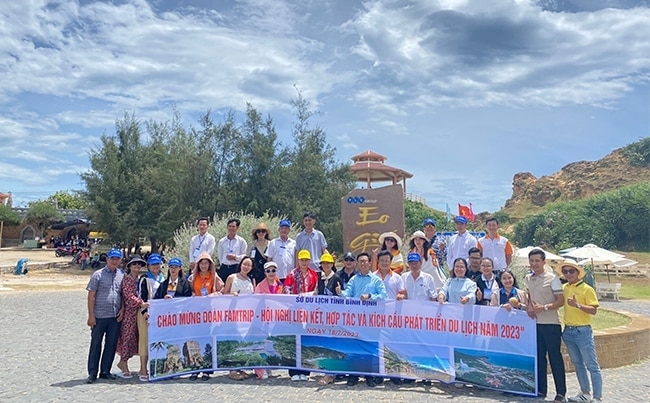
Famtrip delegation of the Conference on association, cooperation and stimulation of tourism development to visit Eo Gio scenic spot (Nhon Ly, Quy Nhon City). Photo: PHAM PHUOC
At the same time, mobilize resources for tourism human resource development. Socialize to attract investment sources from individuals and social components to participate in investing in tourism human resource development. Through international cooperation, mobilize additional funding sources in cash, knowledge, experience and technology transfer to be applied in the process of tourism human resource development.
Based on the orientation of tourism development and the practical situation, the development of tourism human resources in the province is very necessary, creating a foundation for improving the quality of human resources to meet the tourism development goals of the province in the coming period. Tourism activities have developed quite well, Quy Nhon - Binh Dinh has become an attractive destination on the national tourism map; many businesses have invested in the tourism industry of the province, thereby the demand for labor recruitment in the tourism industry of the province has also increased, creating many direct and indirect job opportunities.
The system of tourism training facilities from elementary to university levels in the province has been formed and expanded. The structure is diverse in terms of ownership, training levels and training professions; most of them are concentrated in urban areas, densely populated areas, creating convenience for learners and linking with the need for human resources, meeting the needs of socio-economic development and the needs of tourists.
With the goal of building a tourism human resource team with sufficient quantity, balanced in terms of occupational structure and training level, ensuring the quality of human resources to meet the requirements of rapid and sustainable tourism development, competitive enough, and soon making tourism a spearhead economic sector of the province.
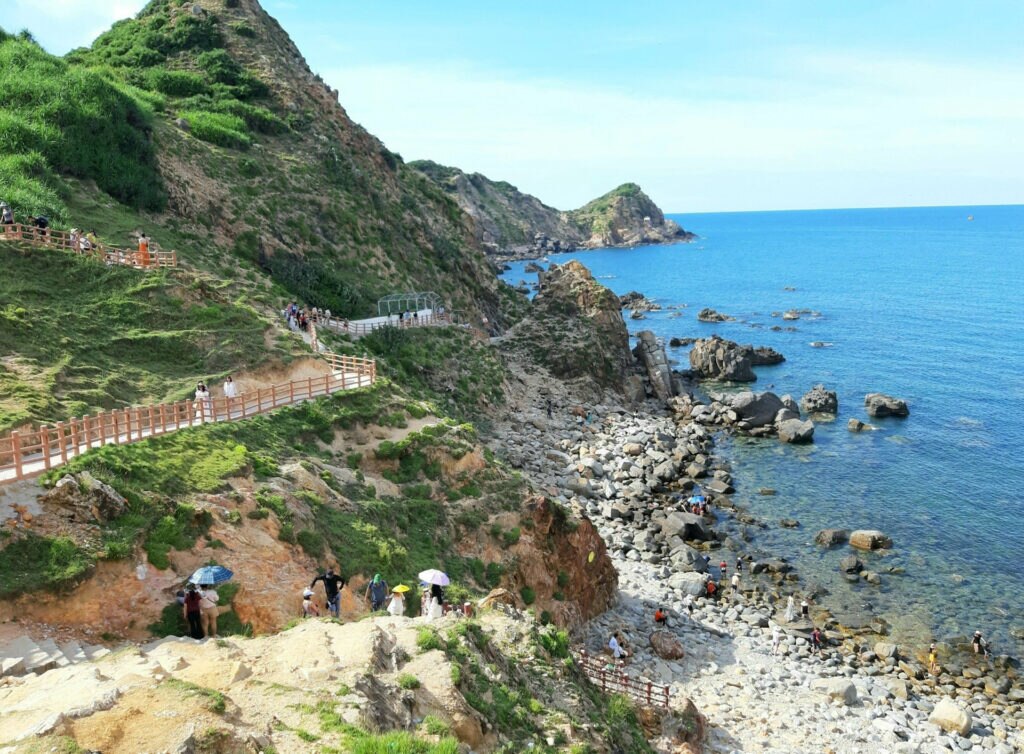
Eo Gio is the most attractive tourist destination in Binh Dinh recently (Photo: Internet)
Specifically, by 2025, the total number of tourism workers will be 70,000, of which direct workers will reach 18,000; indirect workers will be 52,000. The rate of post-graduate workers in the industry will reach 0.8%; university and college workers will reach 15.9%; intermediate workers will reach 14%; primary workers will reach 23.3%; and below primary workers will reach 46%. 2026 - 2030 period: The average growth rate of tourism human resources will reach 7.45% per year. By 2030, the total number of tourism workers will be 100,000, of which direct workers in the industry will reach 28,000; indirect workers will reach 72,000. The rate of post-graduate workers in the industry will reach 0.9%; university and college workers will reach 16.8%; intermediate workers will reach 15%; Primary reached 24.3%; below primary reached 43%.
In particular, Binh Dinh also proposed specific tasks and solutions such as raising awareness and responsibility of authorities at all levels, tourism businesses and communities on tourism development, promoting information and communication activities in various forms on tourism development policies and tourism human resources of the Central and local governments. Deploying communication activities on civilized behavior in tourism activities in the province to form habits, behaviors, attitudes, and civilized and polite behaviors for local people, organizations and individuals when participating in tourism activities. Developing programs to promote and introduce tourism majors to encourage learning and orient tourism careers in the general education system.
Coordinate and integrate the contents of sustainable tourism, environmental protection, conservation and promotion of cultural heritage, and civilized tourism behavior into training programs, professional training and skills training for tourism participants at agencies, units, localities, businesses and local communities. Complete and improve the quality of the staff, civil servants and public employees to meet the requirements of organizing and managing tourism activities in a professional, modern and effective manner, develop appropriate training and human resource development plans for each year; coordinate with relevant departments, branches and localities in training and developing tourism management human resources. Cooperate and link with provinces and cities in exchanging experiences and training and developing tourism human resources. Make the most of long-term, medium-term and short-term training programs at home and abroad of central agencies, localities and prestigious international organizations.
Regularly organize investigation and survey activities on the reality of the tourism workforce based on coordination with localities, tourism businesses, and tourism investors to specifically determine the quantity and quality of human resources needed to serve at tourist areas, destinations, and tourism businesses to develop plans and notify relevant units to develop training plans to meet practical requirements. Develop mechanisms and policies to support and encourage the development of tourism human resources, and encourage the implementation of second-degree training in tourism.
Encourage training institutions to flexibly open tourism human resource training majors according to the needs of the labor market and international integration; encourage graduates from other majors to transfer to study for a second degree in tourism majors at tourism training institutions. Support training and fostering of labor force serving international tourists, especially target markets of Korea, Japan, Russia... such as tour guides, receptionists, desk staff, kitchen staff, and support financial resources for training institutions to invest in facilities, equipment, and practice rooms to serve training and fostering activities.
Encourage the development of linkage models between tourism training institutions and tourism enterprises, especially foreign joint ventures or 100% foreign-owned enterprises with prestige and brands. Training institutions that cooperate with enterprises are autonomous in determining enrollment targets in the direction of expanding the scale of tourism training majors; expanding the training targets for 2nd university degrees in these majors.
Strengthen inspection, supervision and monitoring of training activities, development of human resources in the tourism industry, organization of exams, granting of certificates of tourism management and operation, tour guide skills, room, table, bar and kitchen skills in the province. Discover advanced models in the process of training tourism human resources to popularize and replicate the model. Improve the quality of lecturers at tourism training institutions, apply information technology in training activities.
Promote the role and enhance the responsibility of the Tourism Association and tourism enterprises in training activities: Encourage enterprises to participate in the development of vocational skills standards and tourism training programs and curricula; create internship and practice facilities for students; receive students for internship and receive graduates for work. Based on the demand for tourism human resources in each period, the tourism training program framework has been adjusted appropriately to ensure the "Supply - Demand" balance between trained human resources and the recruitment needs of tourism enterprises./.
Vuong Thanh Tu




![[Photo] Prime Minister Pham Minh Chinh holds talks with Prime Minister of the Kingdom of Thailand Paetongtarn Shinawatra](https://vphoto.vietnam.vn/thumb/1200x675/vietnam/resource/IMAGE/2025/5/16/23b5dd1e595d429491a54e3c1548fb79)
![[Photo] The Prime Ministers of Vietnam and Thailand witnessed the signing ceremony of cooperation and exchange of documents.](https://vphoto.vietnam.vn/thumb/1200x675/vietnam/resource/IMAGE/2025/5/16/935407e225f640f9ac97b85d3359c1a5)
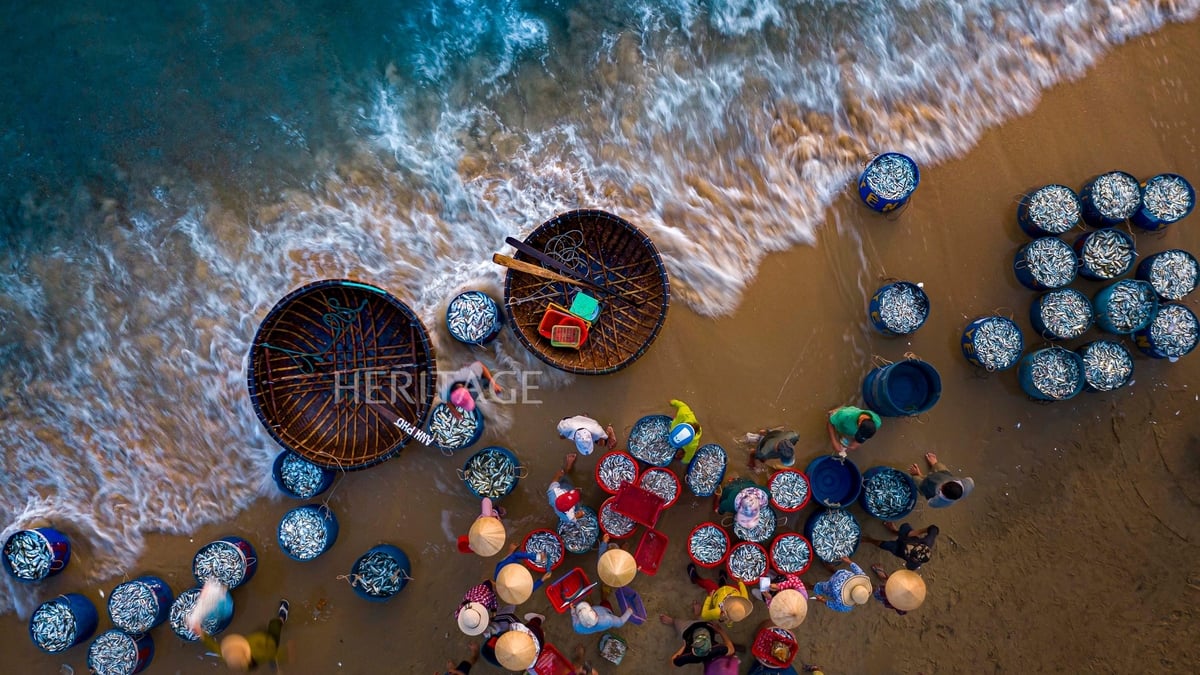
![[Photo] Welcoming ceremony for Prime Minister of the Kingdom of Thailand Paetongtarn Shinawatra on official visit to Vietnam](https://vphoto.vietnam.vn/thumb/1200x675/vietnam/resource/IMAGE/2025/5/16/cdd9e93739c54bb2858d76c3b203b437)
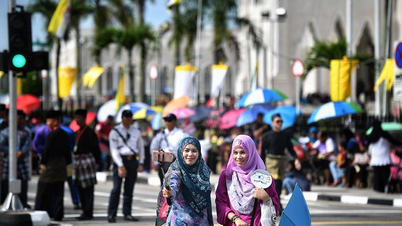














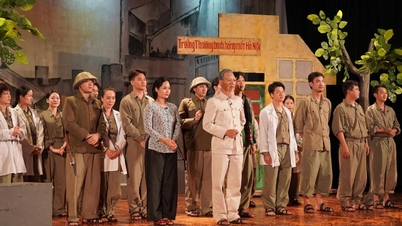
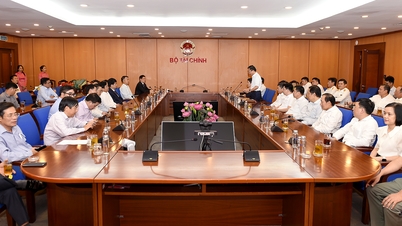


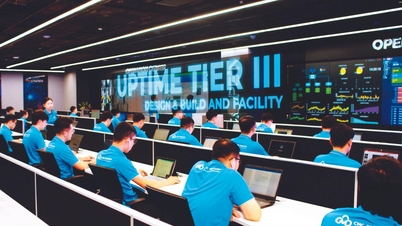










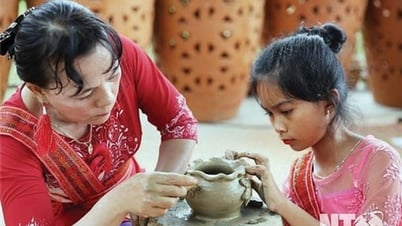

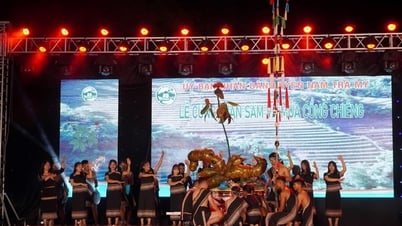















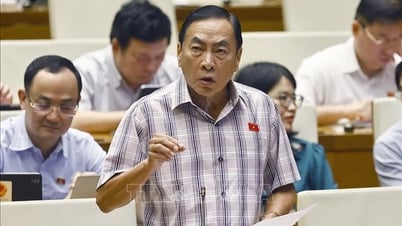
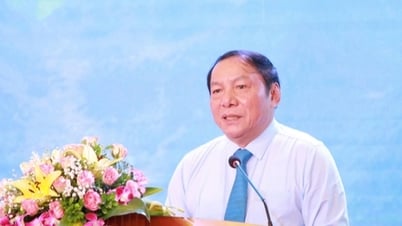


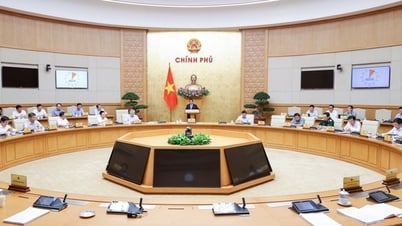
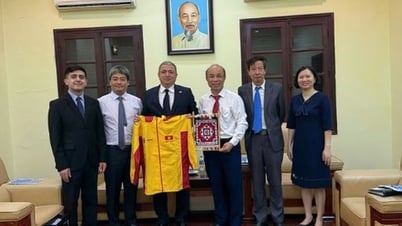
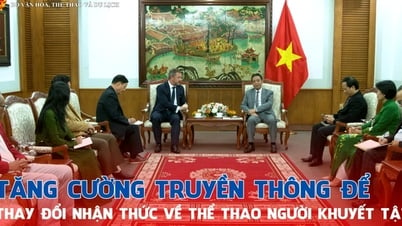
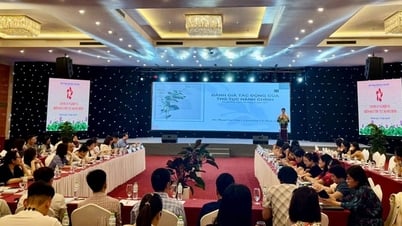


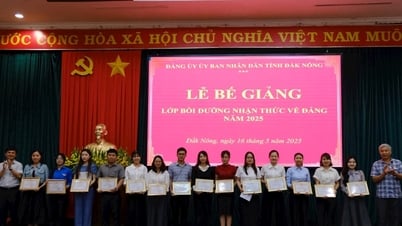

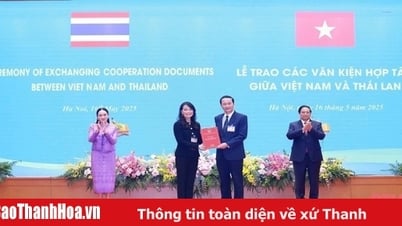


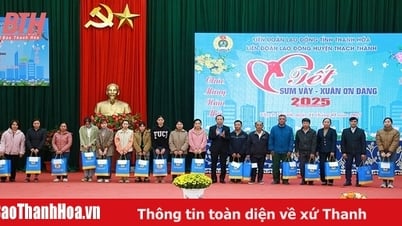
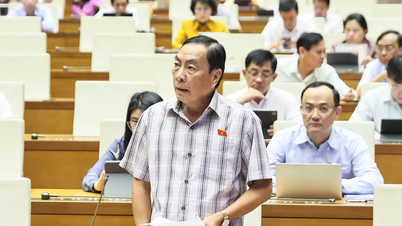











Comment (0)